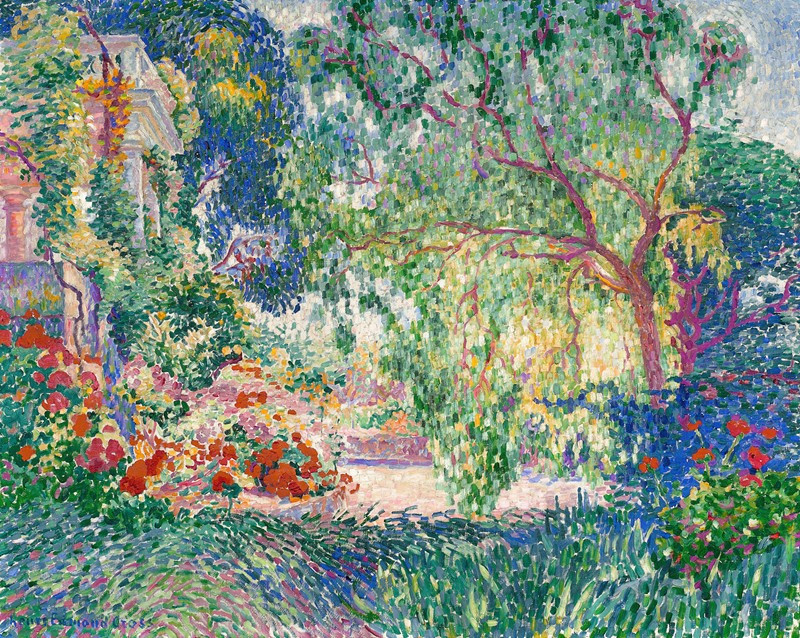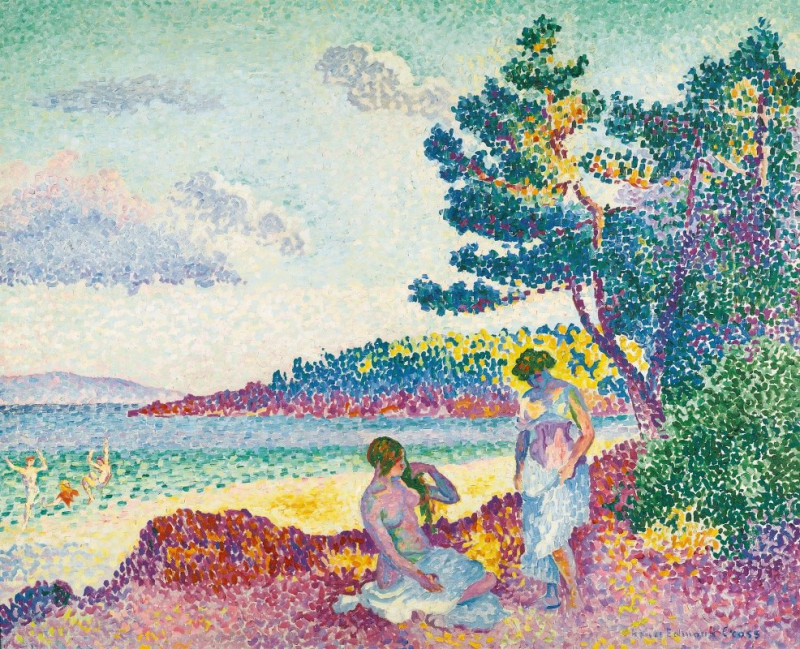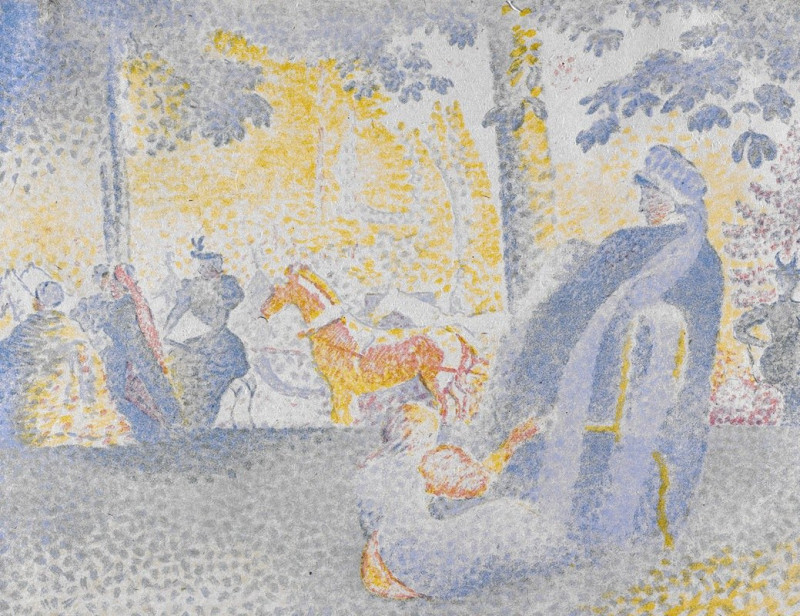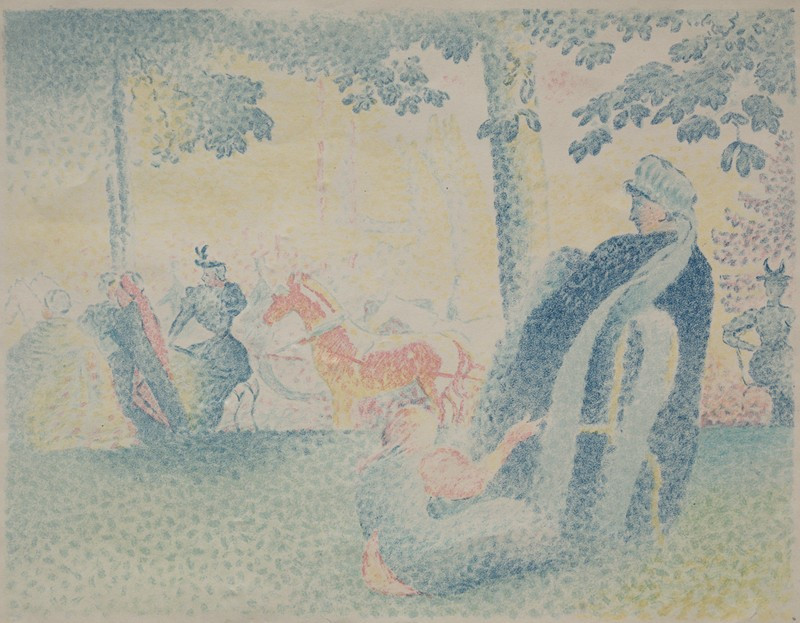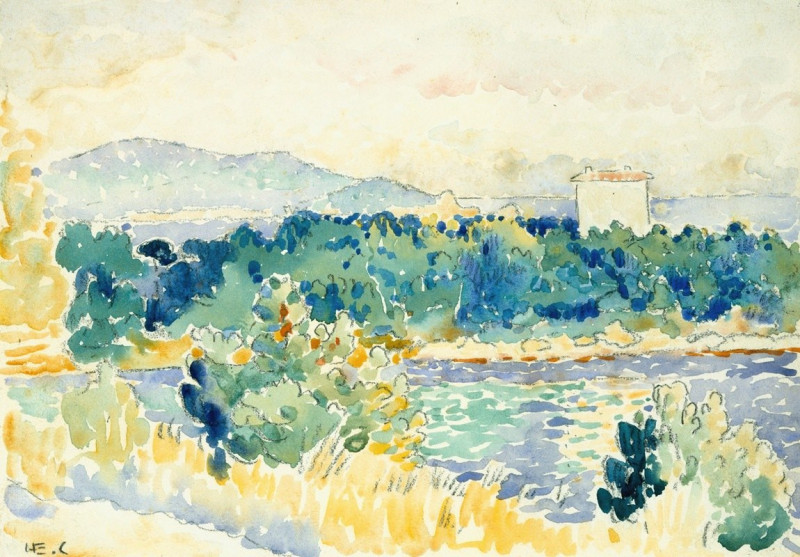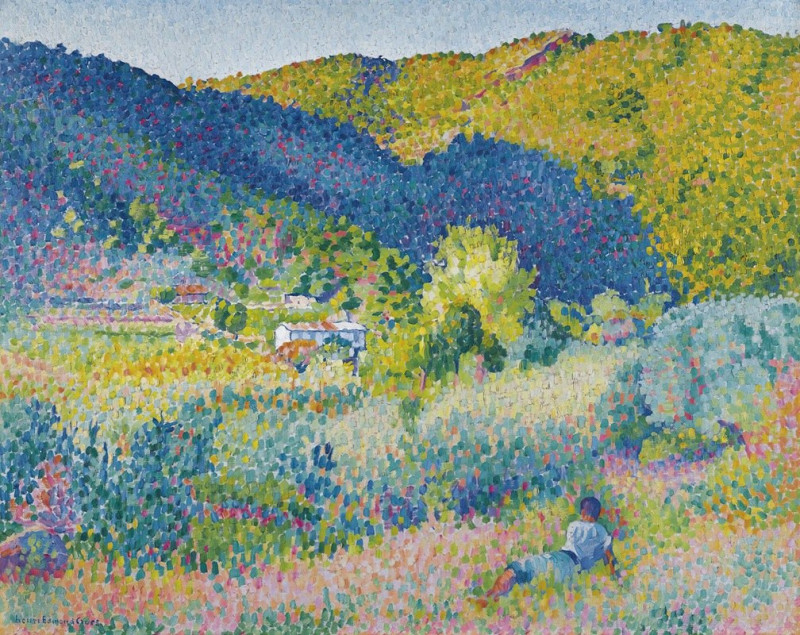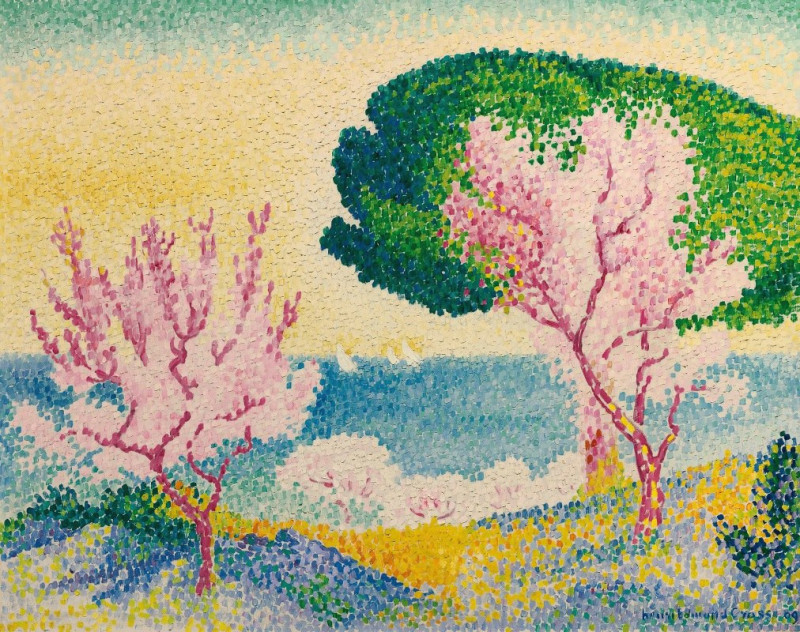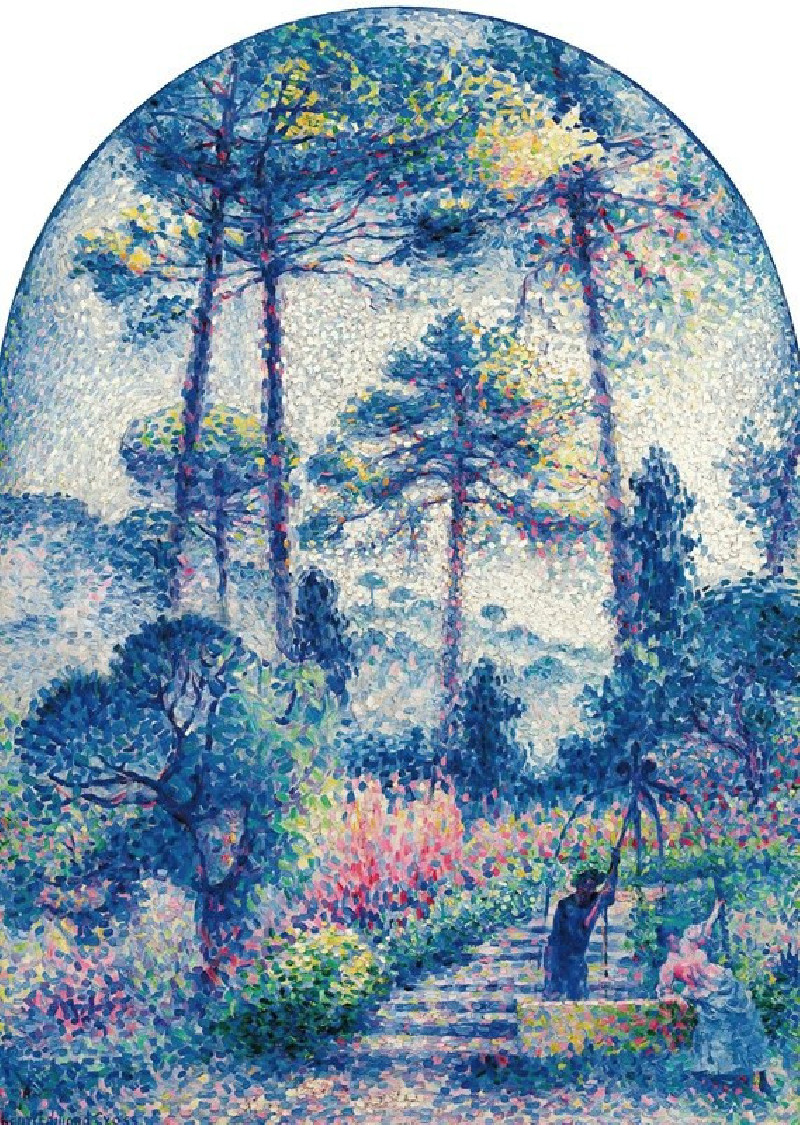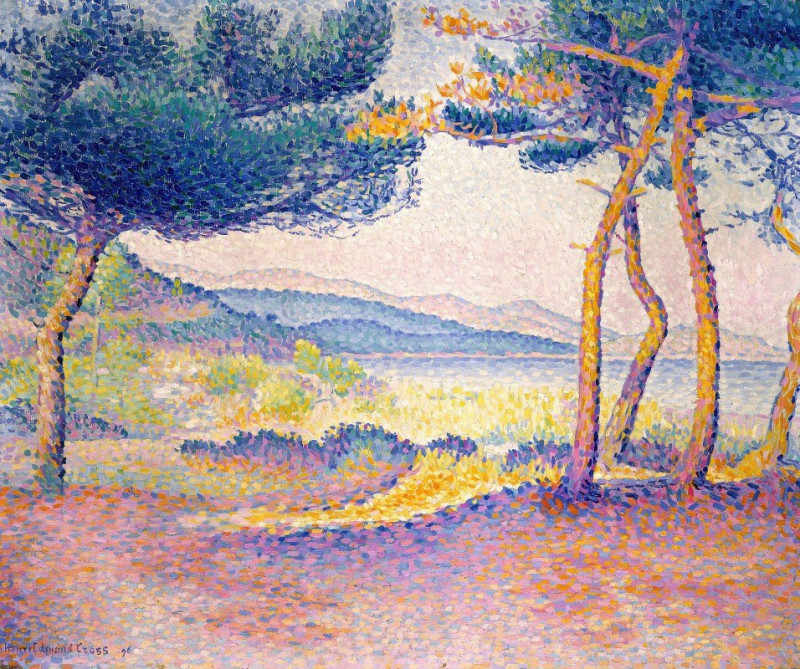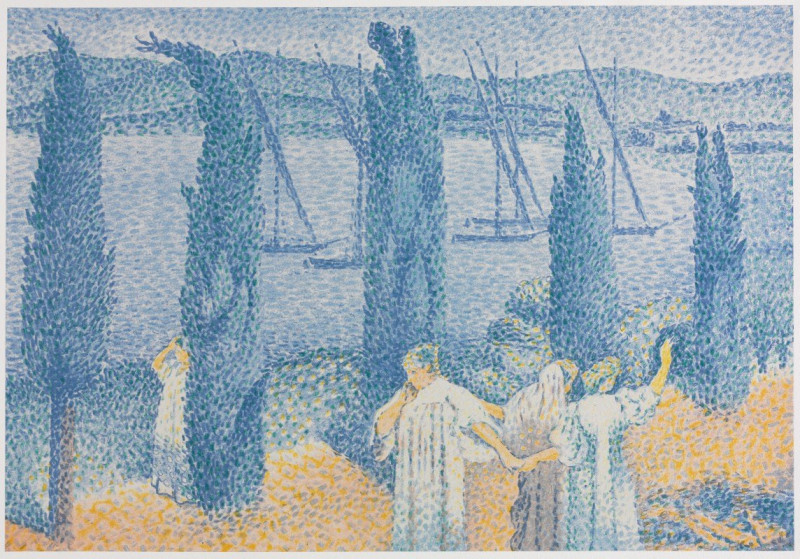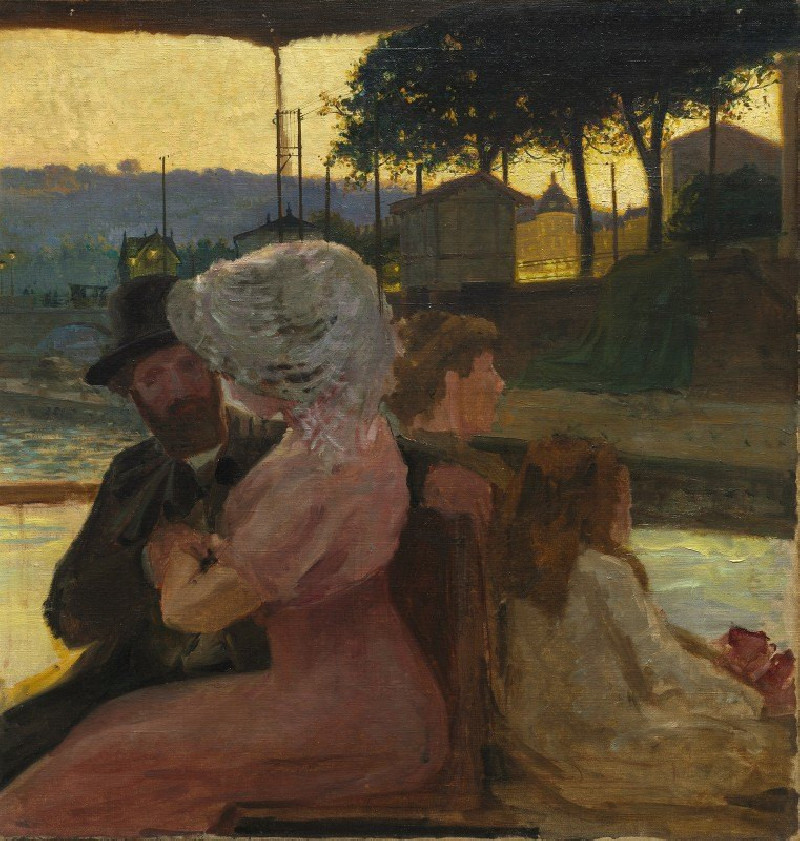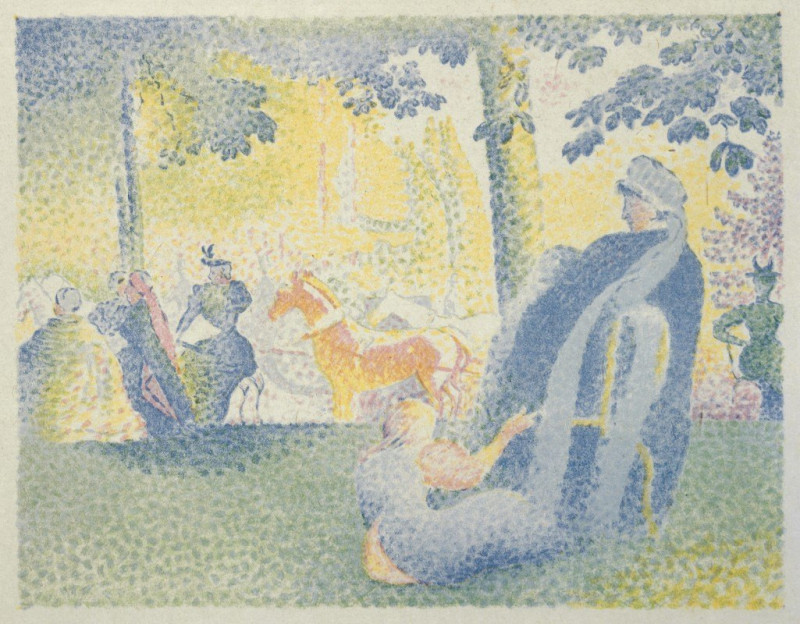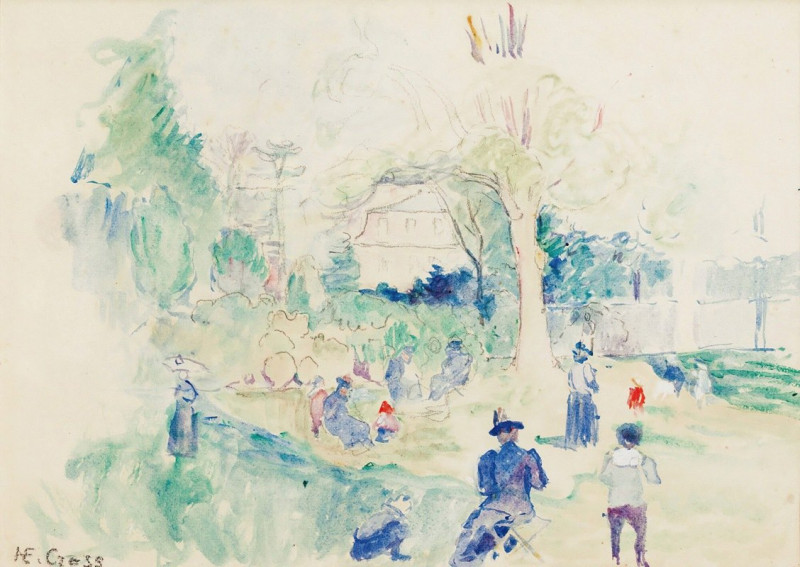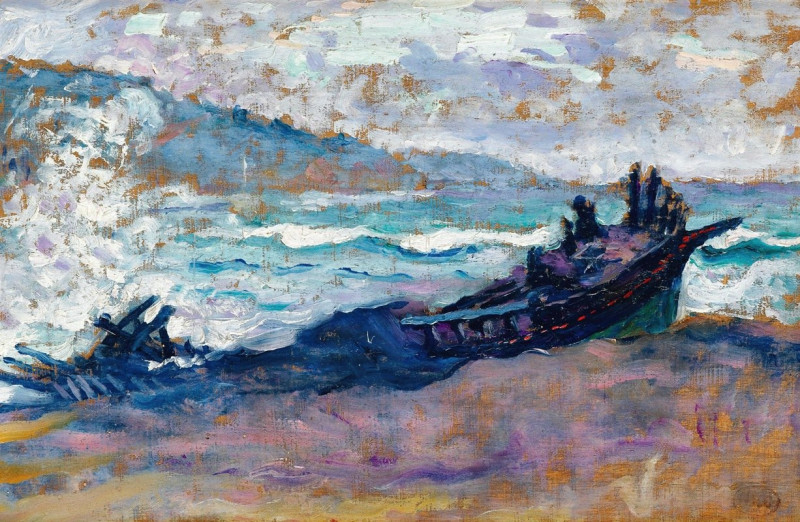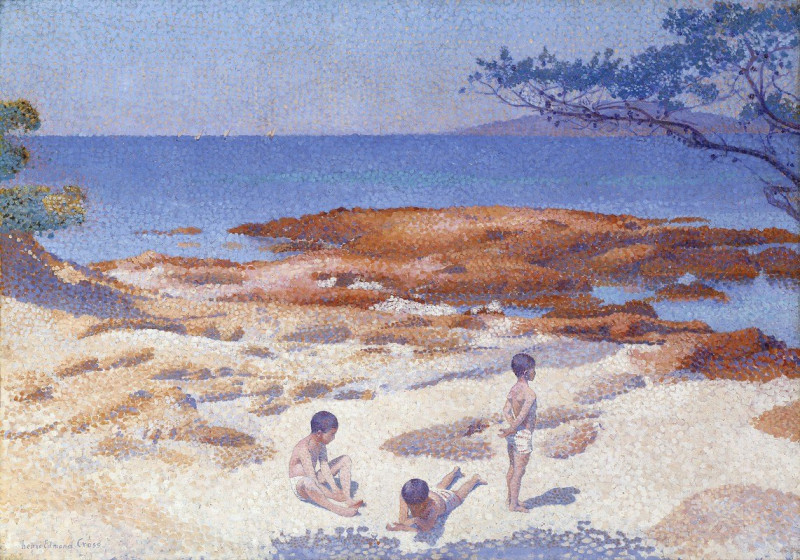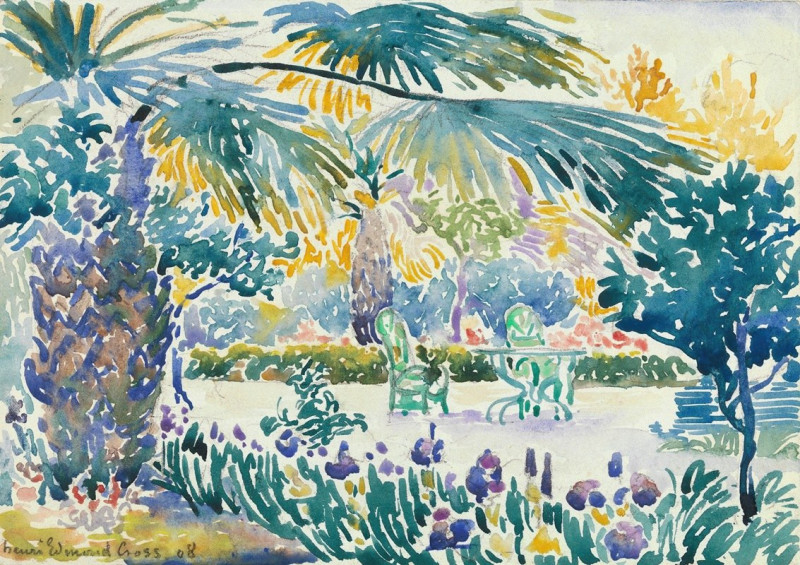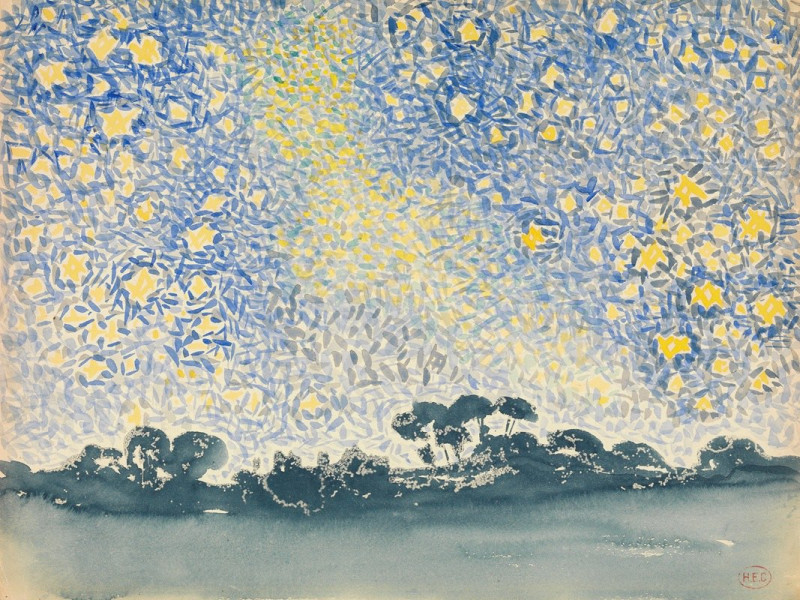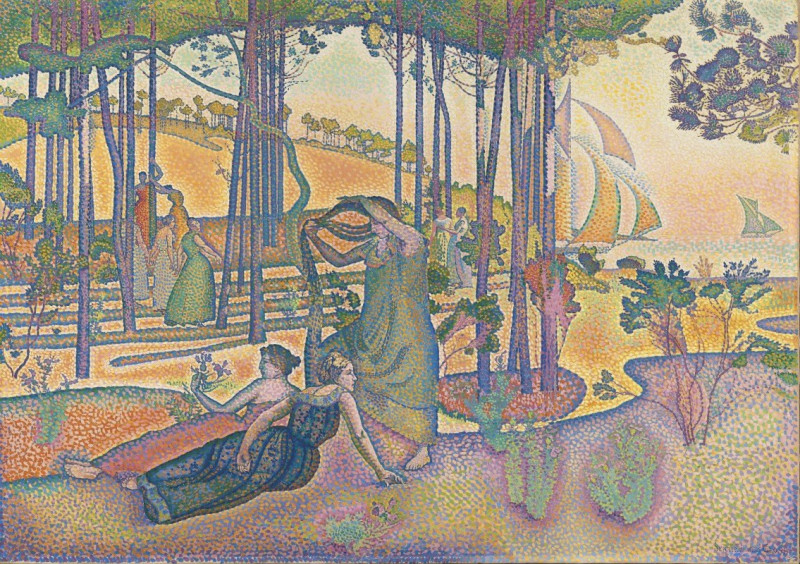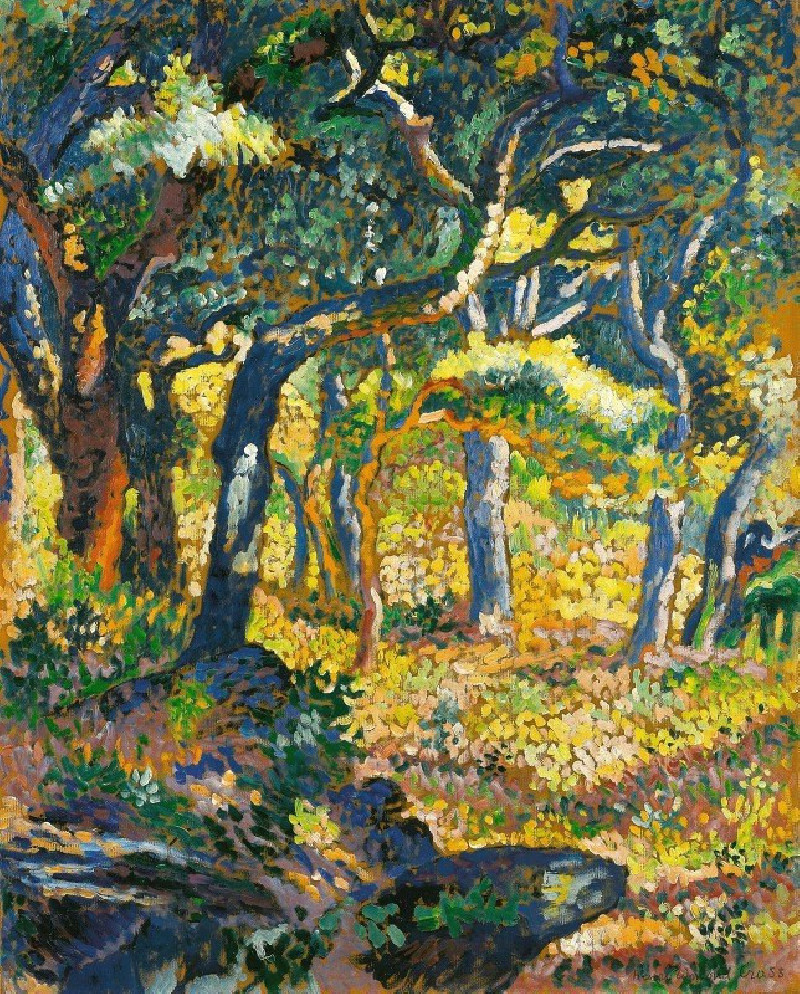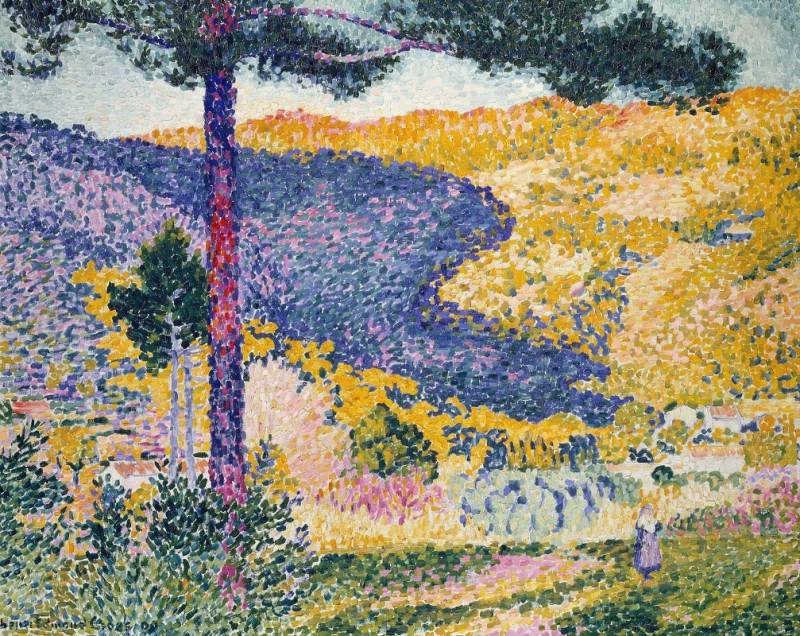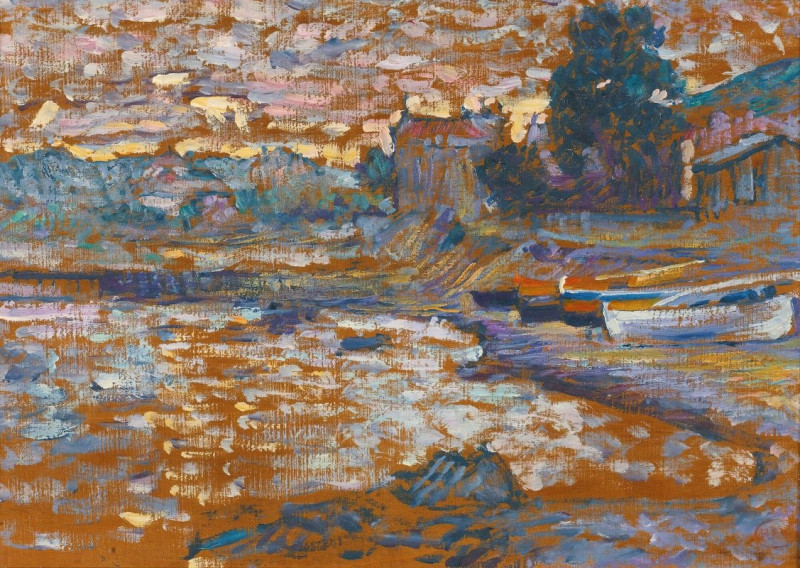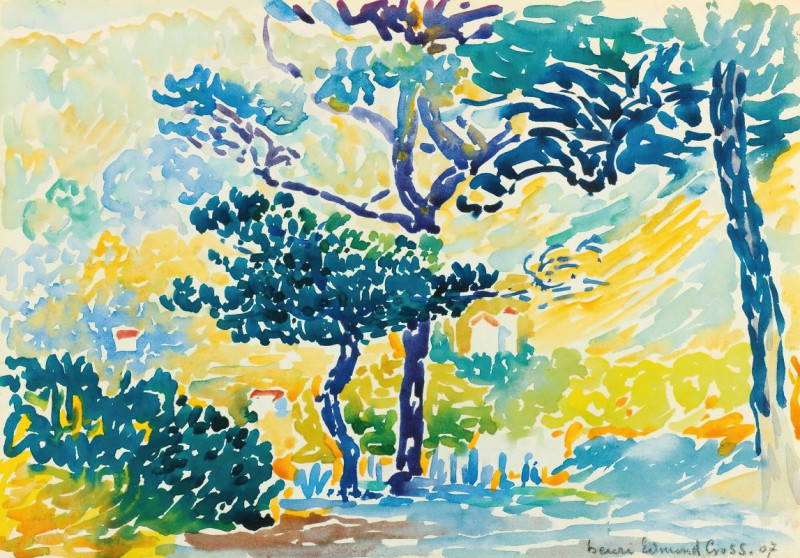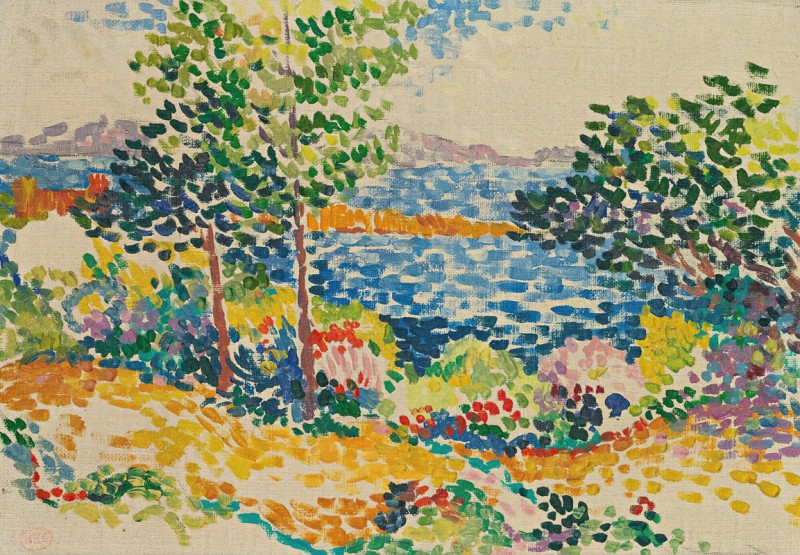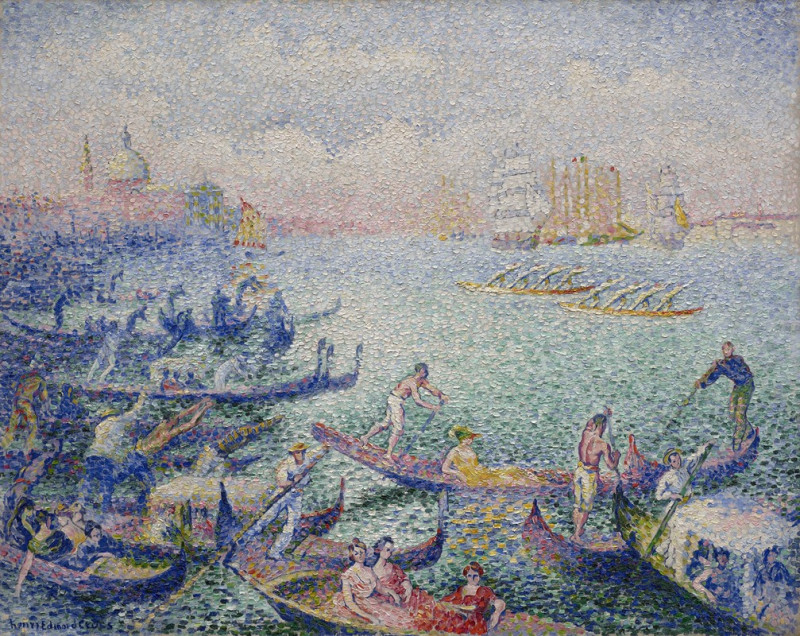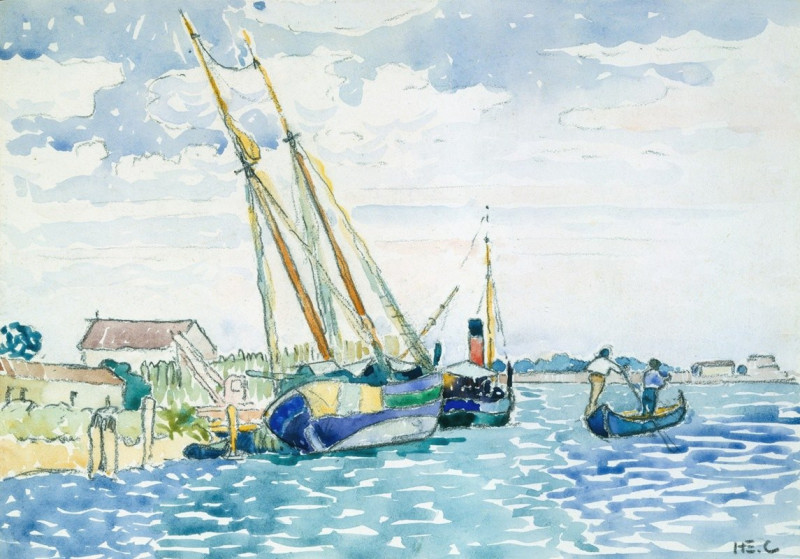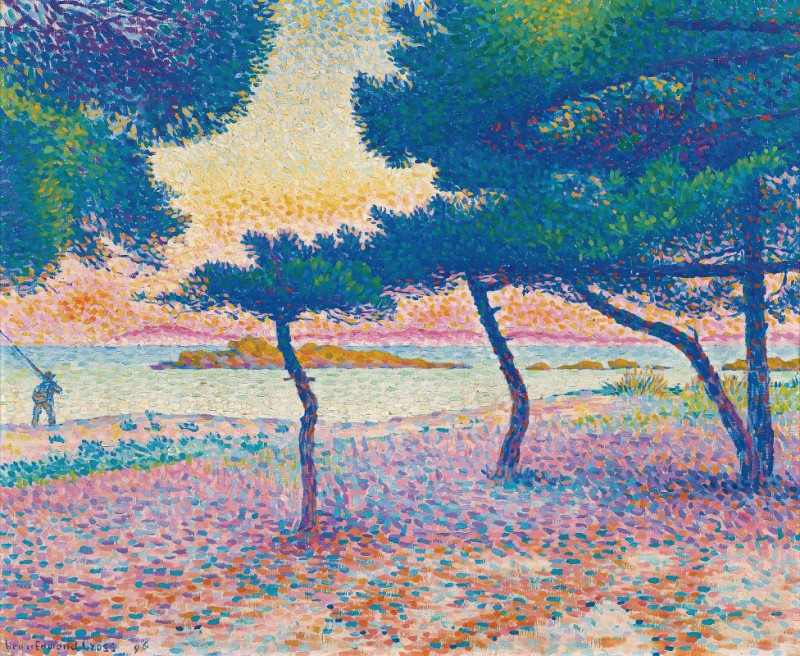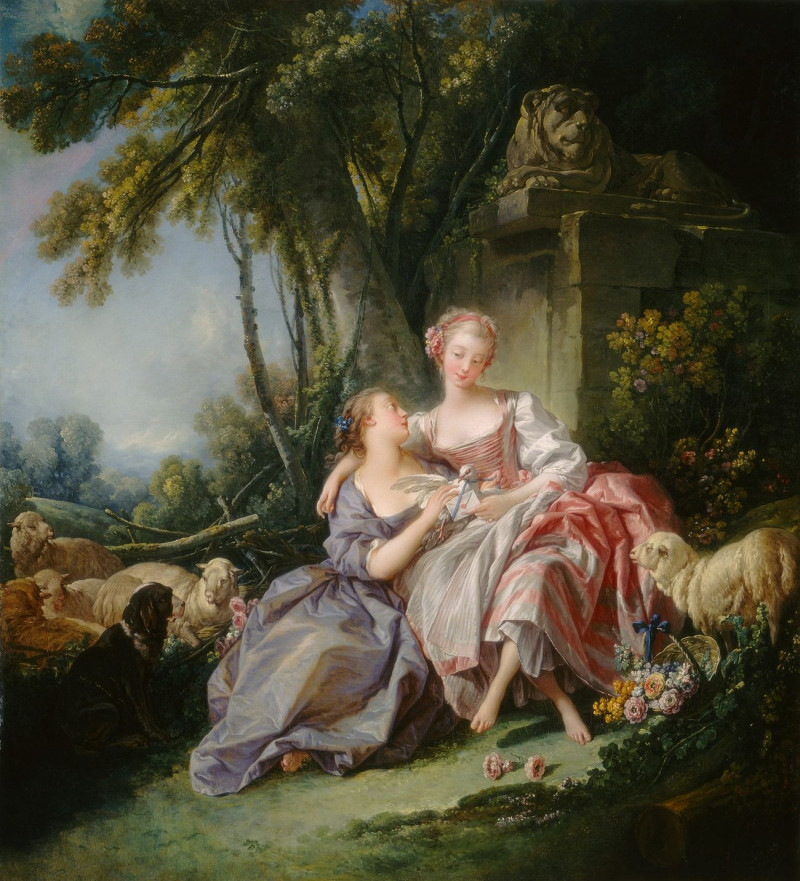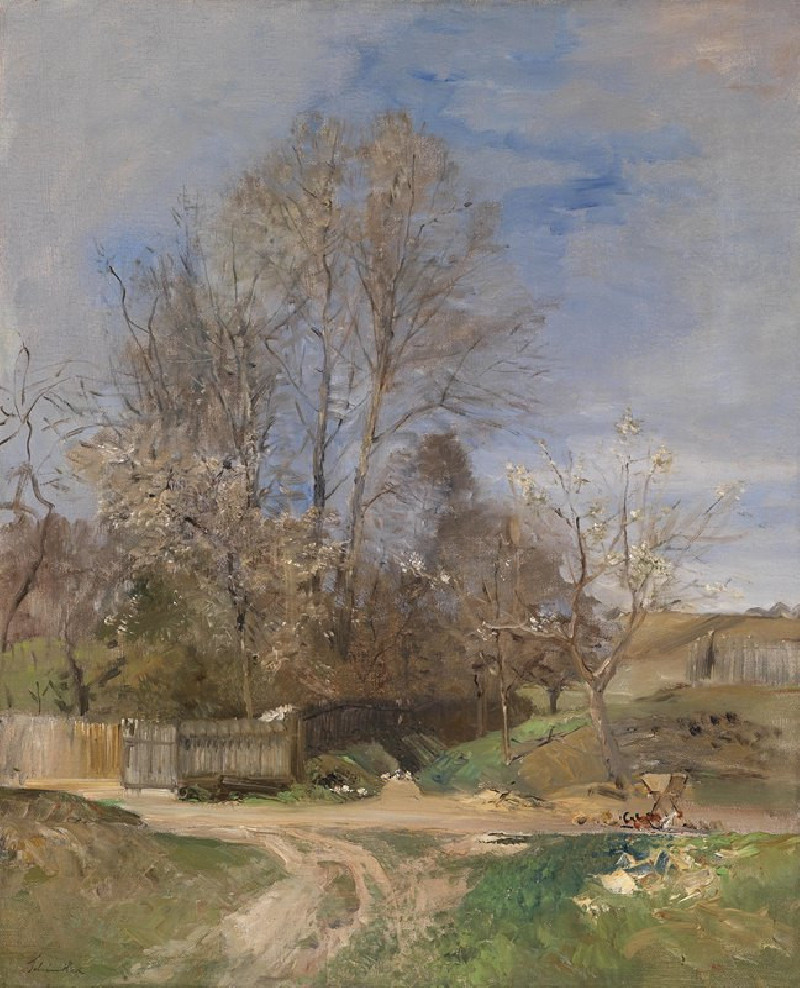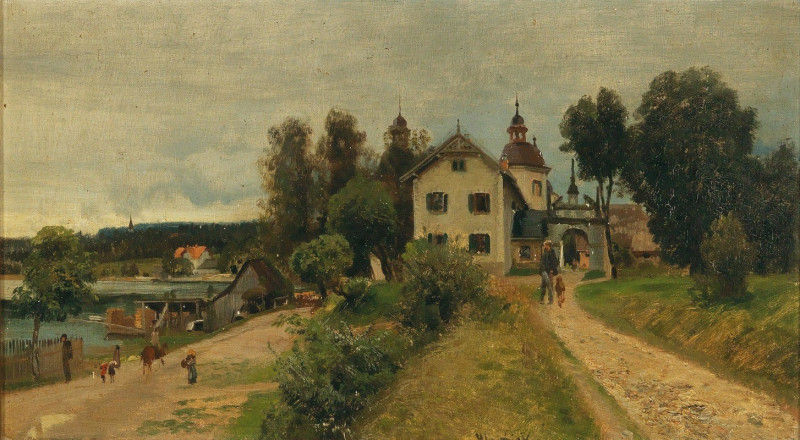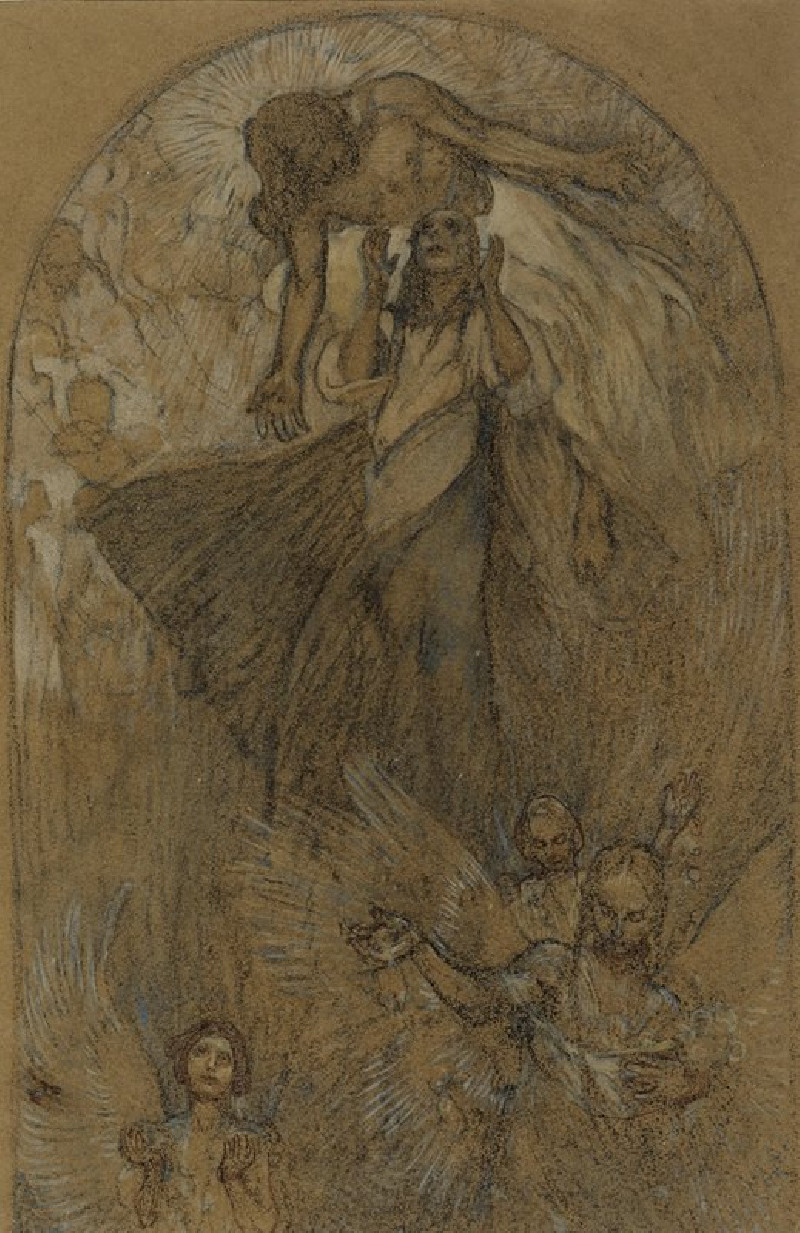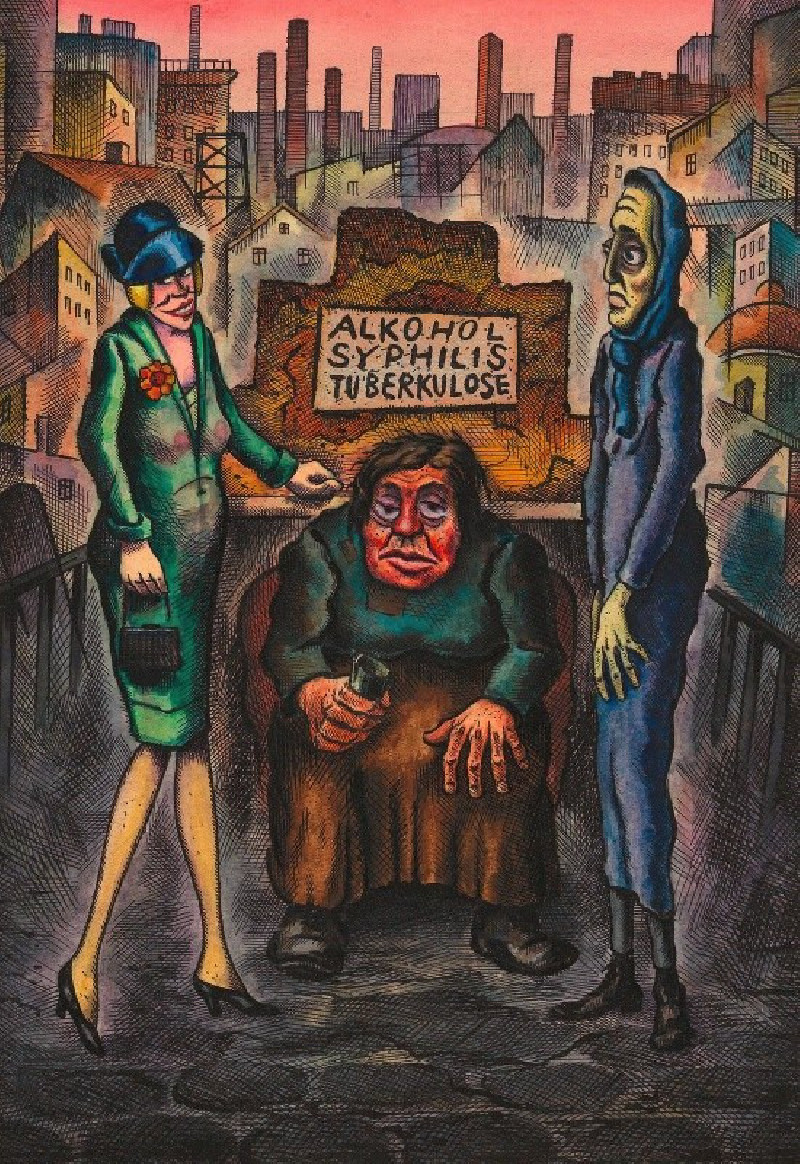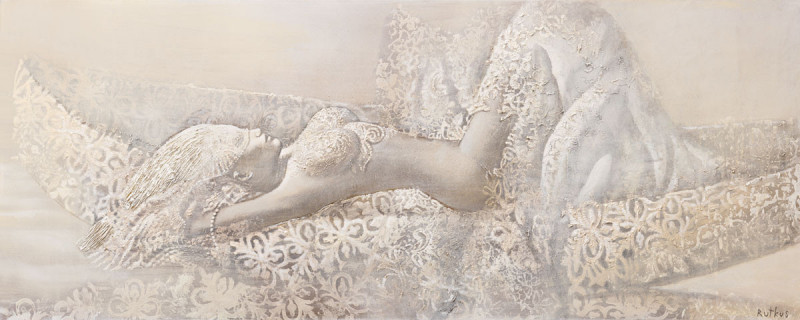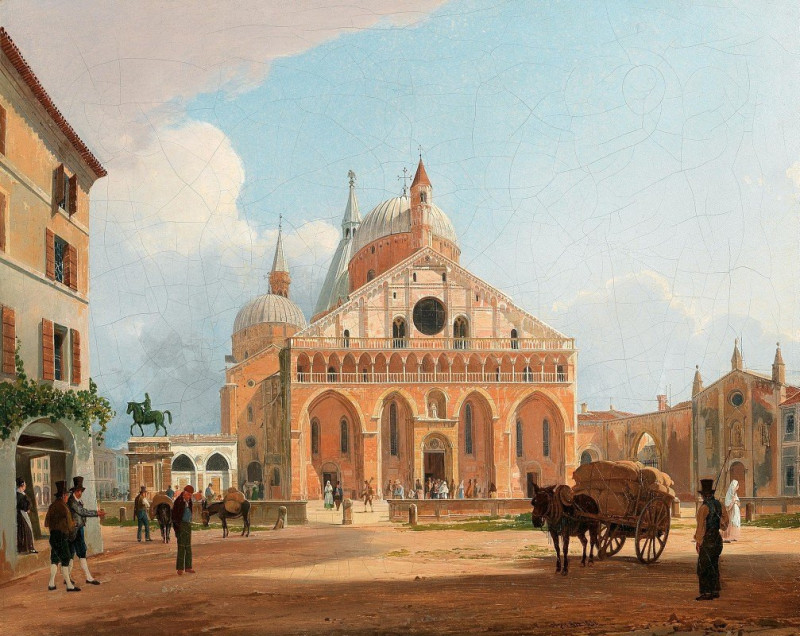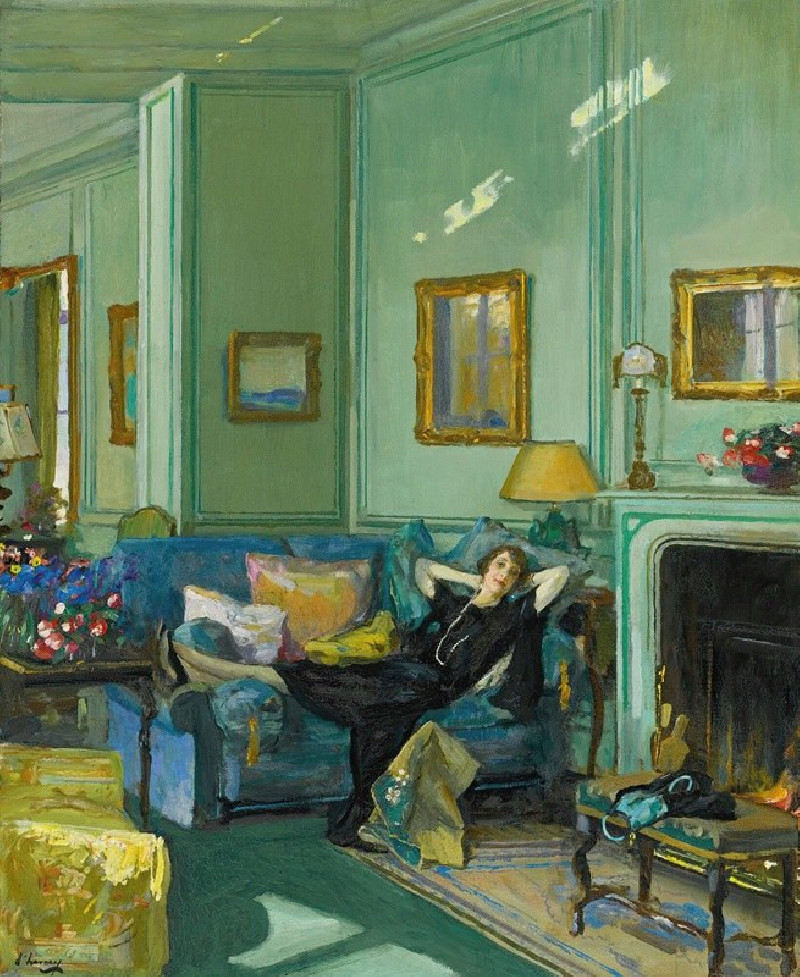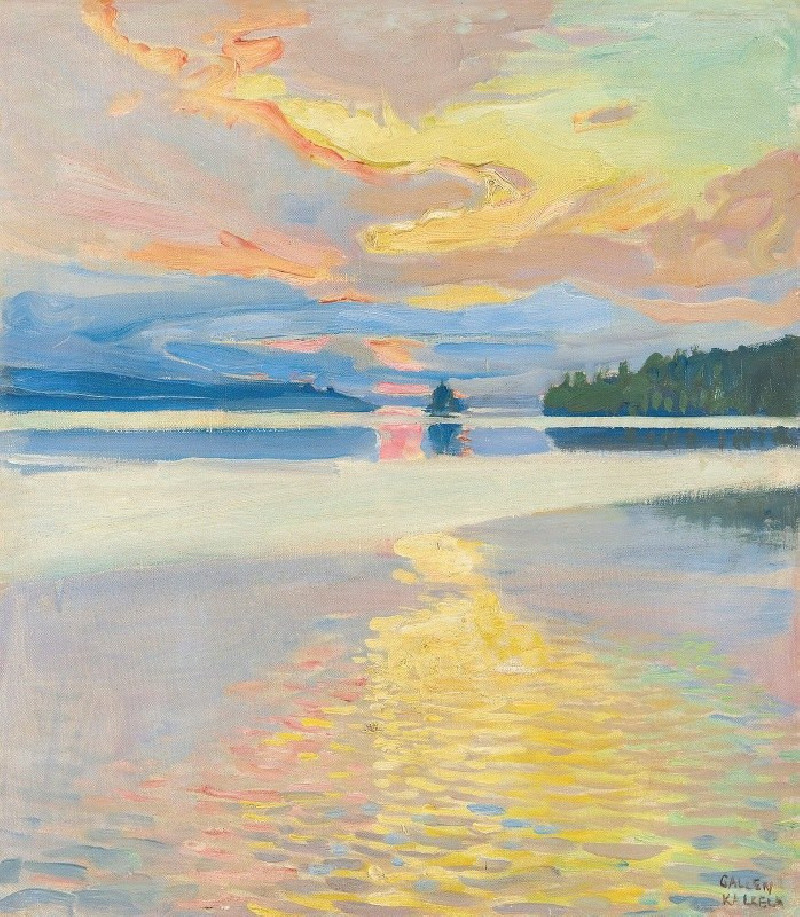Le faux poivrier (Provence) (1907)
Technique: Giclée quality print
Recommended by our customers
More about this artwork
Henri-Edmond Cross's painting, "Le faux poivrier (Provence)" from 1907, is a stunning representation of pointillism, a technique where small, distinct dots of color are applied in patterns to form an image. This vibrant work invites viewers into a lush Provencal garden, characterized by its rich tapestry of colors and dynamic play of light.At the center of the painting, an elegant pepper tree (faux poivrier) stretches its twisted, sinuous branches across the canvas, providing a vivid focal point amidst a riot of floral color. The dappled sunlight filters through the foliage, casting a mosaic of shadows and light on the ground, enhancing the dream-like quality of the composition. The surrounding garden bursts with blooms in shades of red, orange, and purple, interspersed with verdant greens of various hues.The background suggests a peaceful dwelling just beyond the garden, nestled among the trees. The house, mostly obscured by the thick vegetation, adds a hint of human presence to the natural setting, suggesting a harmonious coexistence with the surrounding landscape.Cross's mastery of color and texture is evident in his ability to convey a sense of depth and vibrancy that almost pulsates with life.
Delivery
Returns
Henri-Edmond Cross, born Henri-Edmond-Joseph Delacroix, (20 May 1856 – 16 May 1910) was a French painter and printmaker. He is most acclaimed as a master of Neo-Impressionism and he played an important role in shaping the second phase of that movement. He was a significant influence on Henri Matisse and many other artists. His work was instrumental in the development of Fauvism.

